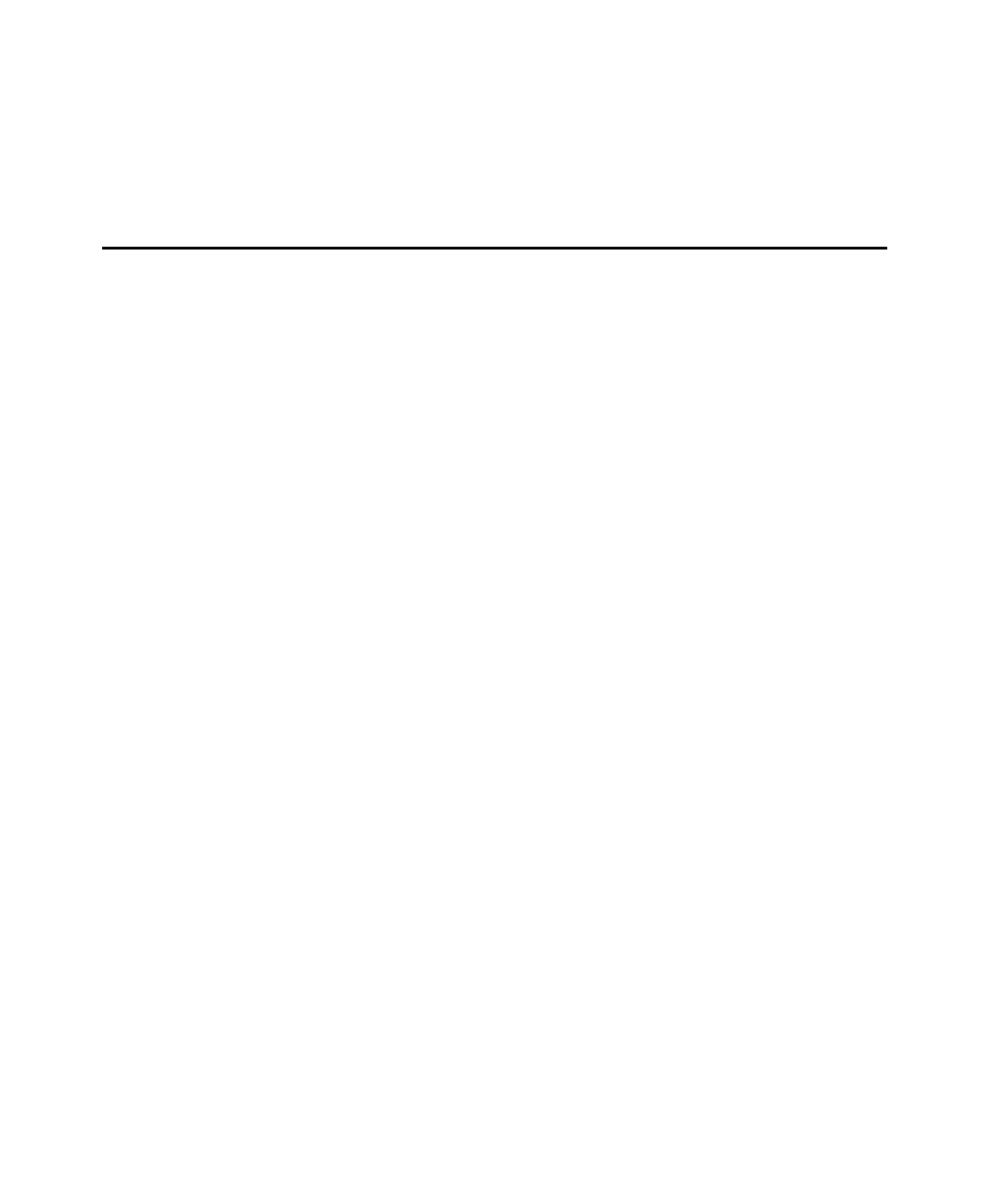Environmental Engineering Reference
In-Depth Information
TABLE 8.1
Approximate Average Porosity, Specific Yield, and Permeability of Various Geologic Materials
Material
Porosity (%)
Specific yield (%)
Permeability (gal/day ft
2
)
Clay
45
3
1
Sand
35
25
800
Gravel
25
22
15,000
Gravel and sand
20
16
2,000
Sandstone
15
8
700
Limestone, shale
5
2
1
Quartzite, granite
1
0.5
0.1
Source:
From Linsley, R.K. and Franzini, J.B.,
Water Resources Engineering,
McGraw-Hill Book Co., New York,
1964. Reprinted with permission of McGraw-Hill Book Co.
Void ratio
is the ratio of the volume of voids to the volume of solids (see
Table 3.8)
and
is the term normally used by engineers to describe porosity characteristics of soils. (To dis-
tinguish between porosity and void ratio consider the example of a 5 gal can filled with
dry, coarse sand to which is added 1 gal of water, which just saturates the sand. The poros-
ity is 20% and the void ratio is 0.25.)
Seepage
refers, in general, to the movement of water into, out of, or within the ground.
Influent seepage
is the movement of water into the ground from the surface.
Effluent seepage
is the discharge of groundwater to the surface.
Zones and Water Tables
Static Water Table
The level within a body of subsurface water at which groundwater pressures are equal to
atmospheric pressure is referred to as the static water table. Although not truly static, it is
so termed to differentiate it from perched water tables. Above the static water table, the
soil may be saturated by capillarity or it may contain air. Above the saturated zone is the
zone of aeration. Various modes of groundwater occurrence are illustrated in
Figure 8.18;
in general, there are two zones, the upper zone and the saturated zone.
Upper Zone
The pores, fractures, and voids contain both air and moisture, in several forms or condi-
tions.
Gravity or vadose water
is “suspended” in the zone of aeration; it moves down-
ward slowly under the force of gravity.
●
Hygroscopic moisture
adheres as a film to soil grains and does not move by grav-
ity.
●
Pellicular water
is moisture adhering to rock surfaces throughout the zone of aer-
ation. Either pellicular or hygroscopic moisture can be extracted by evaporation
or transpiration.
●
Perched water
is water in a saturated zone located within the zone of aeration or
unsaturated zone. It is underlain by impervious strata which do not permit infil-
tration by the force of gravity. Compared with the saturated zone, its water sup-
ply is limited and is rapidly depleted by pumping.
●
Capillary fringe
is the zone immediately above the water table containing capil-
lary water. Capillary activity is produced by the surface tension of water such as
that which causes water in a tube with its lower end submerged in a reservoir to
●

